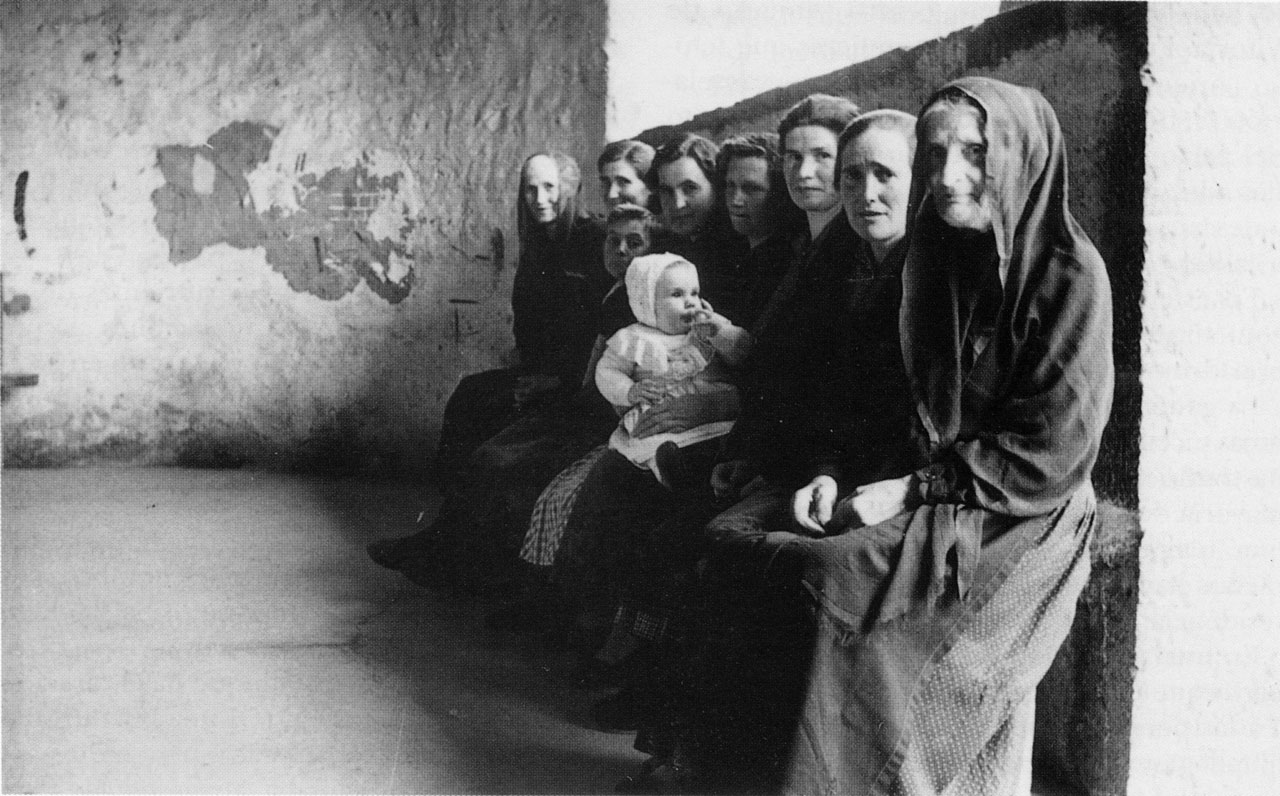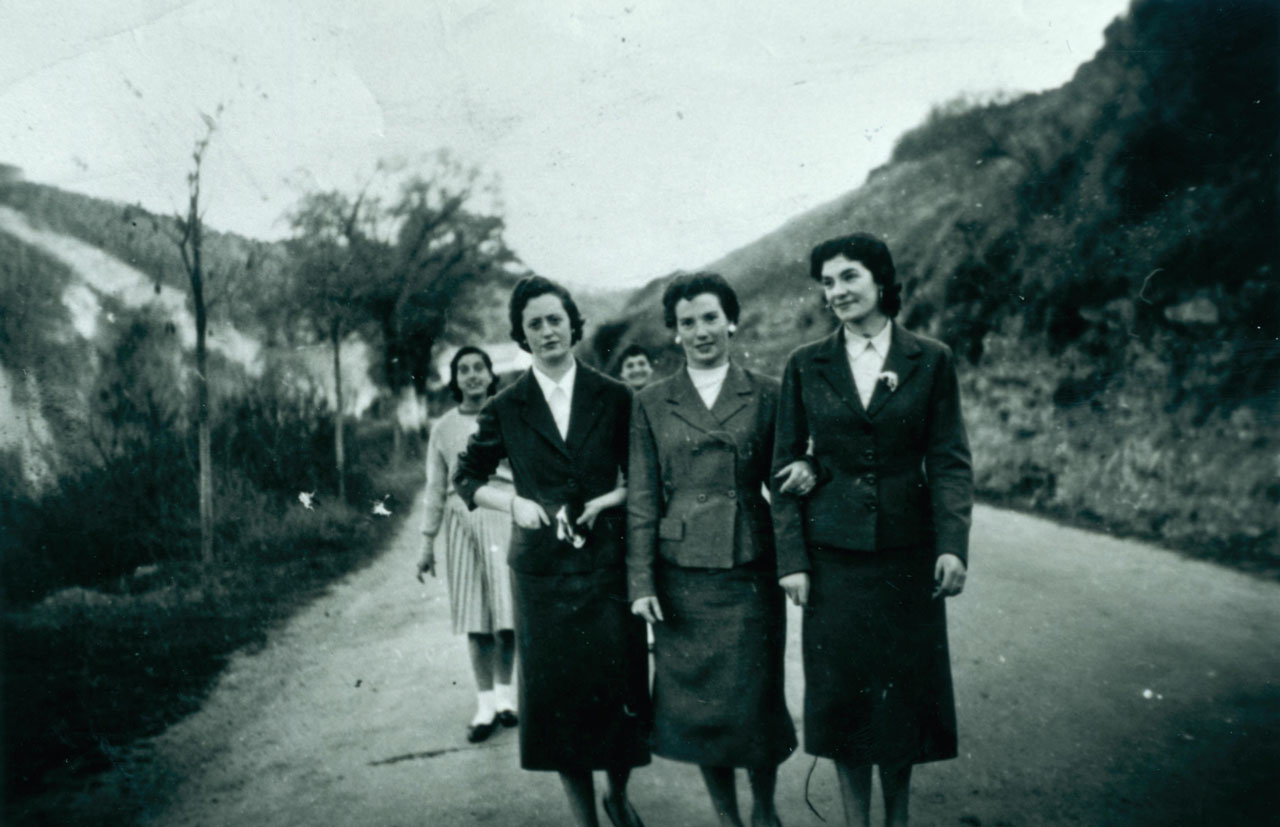Diferencia entre revisiones de «Ritos del nacimiento al matrimonio en vasconia/en»
De Atlas Etnográfico de Vasconia
(Página creada con «====[/atlas/nacimiento/Bilbao-1995.jpg|Bilbao, 1995. Source: Asier Astigarraga’s private archive.|Charms, ''kutunak'', were attached to children’s clothes and were said...») |
(Página creada con «====[/atlas/nacimiento/Pasacalles-Sanguesa-1960.jpg|Passacaglia. Sangüesa (N), c. 1960. Source: Juan Cruz Labeaga, Etniker Euskalerria Groups.|Gazteak, badakizue <br />zel...») |
||
| Línea 39: | Línea 39: | ||
====[/atlas/nacimiento/Bilbao-1995.jpg|Bilbao, 1995. Source: Asier Astigarraga’s private archive.|Charms, ''kutunak'', were attached to children’s clothes and were said to protect them from the evil eye.||]==== | ====[/atlas/nacimiento/Bilbao-1995.jpg|Bilbao, 1995. Source: Asier Astigarraga’s private archive.|Charms, ''kutunak'', were attached to children’s clothes and were said to protect them from the evil eye.||]==== | ||
| − | ====[/atlas/nacimiento/Pasacalles-Sanguesa-1960.jpg| | + | ====[/atlas/nacimiento/Pasacalles-Sanguesa-1960.jpg|Passacaglia. Sangüesa (N), c. 1960. Source: Juan Cruz Labeaga, Etniker Euskalerria Groups.|Gazteak, badakizue <br />zelan dantzan egin: <br />burua gora-gora <br />ta kaderai eragin. <br /><br />''Folk verse''||]==== |
Revisión del 09:34 25 feb 2020

Rites from Birth to Marriage in the Basque Country
Significant stages of life and rites of passage; namely, birth and childhood, youth, and the transition from singleness to marriage.
Wedding cake. Durango (B), 1975. Source: Gurutzi Arregi, Etniker Euskalerria Groups.



_c._1930.jpg/1200px-6.44_Abuelos_padrinos._Sanguesa_(N)_c._1930.jpg)
.jpg/1200px-6.84_Primera_denticion._Pamplona_(N).jpg)
_1965.jpg/1200px-6.209_Rito_de_la_velacion._Bilbao_(B)_1965.jpg)
_1967.jpg/1200px-6.240_Mahai-buruan._Mesa_presidencial._Ajuria-Muxika_(B)_1967.jpg)
